
Located in Kameyama City, Mie Prefecture, Sekijuku (関宿) is a historic post town that flourished along the Edo-period Tokaido route. Once the 47th station of the journey between Tokyo and Kyoto, it remains a tranquil escape filled with nature, traditional sweets shops, and preserved Edo-era architecture.
- Table of Contents
Getting to Sekijuku
Sekijuku is the perfect destination for history lovers, photographers, and anyone seeking an off-the-beaten-path glimpse into Japan’s Edo-period past. Its well-preserved streets, traditional shops, and scenic setting make it a great place to slow down and enjoy a nostalgic atmosphere. Easily accessible from Nara, Kyoto, and Nagoya, Sekijuku is an ideal day trip for those looking to explore a lesser-known historical town without venturing too far from major cities.
- From Osaka Station (~3 hours): Take the Osaka Loop Line to Kamo Station; then transfer to the Kansai Line to Seki Station. See route details here.
- From Tokyo Station (~3 hours): Take the Tokaido Shinkansen to Nagoya Station; transfer to the Kansai Line Rapid or Sub Rapid train and get off at Kameyama Station; then transfer to the Kansai Line Local train and get off at Seki Station. See route details here.
Where to go in Sekijuku
1. Chokantei: Get a bird's-eye view of Sekijuku

Head north from Seki Station to a place where you can get a bird's-eye view of the road near the intersection merging with the Tokaido route—a building called the Chokantei, located inside the newly constructed Hyakurokuritei Park.
By taking the stairs up to the roof, you can look out over all of Sekijuku, making it arguably the perfect photographic location to capture the historic route's atmosphere.

As well as being a station town along the Tokaido route for traveling between Edo (present-day Tokyo) and Kyoto, Sekijuku was also located at the beginning of the Ise-betsu Kaido road, which leads on to the Ise Kaido road used by people pilgrimaging to Ise Grand Shrine from the Kansai direction.
That is why a shrine gate (torii) brought from Ise Grand Shrine stands in Sekijuku as a landmark still today. Today, over 200 townhouses built between the late-Edo and Meiji periods lining the streets of the route still exist. The area was selected in 1984 as a national Important Preservation District for Groups of Traditional Buildings.

-
Chokantei眺関亭
- Address 327 Sekicho-nakamachi, Kameyama City 519-1112
-
Nearest Station
10-minute walk from JR Kansai Main Line Seki Station
・TEL: 0595-96-1215 (Kameyama City Tourism Exchange Group)
・Hours: Monday–Friday 8 AM–5 PM
・Closed: Weekends
・Admission: Free
2. Sekijuku Hatago Tamaya Historical Museum: Experience the original charm of the Edo Period

After gazing down at the townscape, next, it's time to go inside a real townhouse and delve deep into history.
This is the Sekijuku travelers' inn (hatagoya), Tamaya, said to have been in business in the 1800s. These hatagoya inns were akin to hotels, where samurai or common people could stay overnight, and were often used by people traveling between Edo and Kyoto or those on pilgrimages to Ise Grand Shrine.
Inside the Sekijuku Hatago Tamaya Historical Museum, you can experience the original atmosphere of the period, utilized in the form of displays of impressive objects and full-scale exhibitions.

Bedding materials used in the Edo period and historical materials related to commoners' travels are on display, so you can get a first-hand view of how the inn looked when it was in business.

Outside of the building is a garden. One of the attractions of this Japanese garden is that you can see woodblock printings of the 53 Tokaido Stations created by Hiroshige Utagawa, so be sure to check them out when you visit.

-
Sekijuku Hatago Tamaya Historical Museum関宿旅籠玉屋歴史資料館
- Address 444-1 Sekicho-nakamachi, Kameyama City, Mie 519-1112
-
Nearest Station
10-minute walk from JR Kansai Main Line Seki Station
- Phone Number 0595-96-0468
・Hours: 9 AM–4:30 PM
・Admission: Adults 300 yen; Students (elementary through high school) 200 yen
・Closed: Mondays (or the following weekday if Monday is a national holiday)
3. Aizuya: Enjoy a tasty lunch filled with local flavor

Recommended for lunch is Aizuya, located on the Western side of Sekijuku. The menu items using mainly local ingredients are top-rated, and many tourists come for the famous local dish of okowa rice with edible wild vegetables (sansai okowa gohan).
Aizuya prides itself on using local ingredients and all hand-made dishes, employing nearby local homemakers who use their cooking skills in the kitchen. Their traditional cooking is popular as a taste of true Sekijuku home-cooking.

The rice with edible wild vegetables (sansai okowa) that comes with the recommended meal set (O-susume teishoku, 1500 yen, tax included) is made with Mie Prefecture-grown non-glutinous and glutinous rice and Mie chicken and has a distinctive, pleasantly chewy texture.
The soba noodle soup made with high-quality Hidaka kelp, dried bonito flakes, and several Mie Prefecture soy sauces also has a profound smell and taste. All of the stews, pickles, and other dishes using locally grown vegetables are flavorful masterpieces.

In addition to lunch, Aizuya also carries locally brewed sake you'll only find here, so it's a good opportunity to get a full experience of the tastes of Sekijuku.
-
Aizuya会津屋
- Address 1771-1 Sekicho-shinjo, Kameyama City, Mie 519-1111
- Phone Number 0595-96-0995
・Hours: Wednesday, Saturday–Sunday 11 AM–4:30 PM; Thursday–Friday 7 AM–4:30 PM
・Closed: Monday & Tuesday
4. Jikonka SEKI: Create an original T-shirt in an indigo-dyeing class


Jikonka SEKI was opened by its owners, a married couple enamored with the Sekijuku area, and offers original dishware and clothing for sale.
As you can see in the photo, you can choose from among the simple, unembellished items. You'll want to stop by this store for its offerings not only of the products for sale, but also of classes in which you can make your own original T-shirt.


For the indigo-dyeing class in which you can make your own original T-shirt, while you do need a reservation ahead of time, groups of four or five people can take the class at the same time. The class requires approximately 1-2 hours.
If you bring your own shirt to dye, you can participate for 40 yen per gram by weight of the shirt. Instructors will patiently teach you how to dye clothing, using the dye in the large vat shown in the photograph.

After the indigo-dyeing class, you can drink the shop's original tea. At the dining space provided within the studio, you can enjoy the indigo leaf tea for 500 yen (tax included), or the original flavor of Ise shoseikan tea for 800 yen (tax included), the shop's unique variation on the Chinese xiao qing gan tea, or pu-erh tea leaves stuffed inside mandarin oranges.
-
Jikonka SEKIJikonka SEKI
- Address 596 Sekichō Nakamachi, Kameyama-shi, Mie-ken 519-1112
- Phone Number 0595-96-3339
・Hours: Monday, Saturday–Sunday 11 AM–4 PM
・Closed: Tuesday–Friday
・Website: http://www.jikonka.com/
5. Shiratama-ya Maeda Confectionary: Enjoy tasting famous Edo confections

As well as being printed in newspapers as a target of Sekijuku building preservation efforts, Shiratama-ya Maeda brings back popular Edo sweets. Shiratama were mochi rice cake sweets common in the Edo period.
Shiratama-ya recreated the sweets as a taste of the past, and they are now popular as favorite items of local children and tourists alike. What better way to end your sightseeing trip than buying these famous local treats to bring back home?

You can buy Shiratama (90 yen, tax included) individually or in boxed sets, such as the 10-piece set. The coloring is inspired by the four seasons, with green representing spring, red summer, yellow autumn, and white as winter. The soft-textured and velvety mochi filled with smooth red bean paste gives this treat an elegant taste.

While buying shiratama, many people pick up some koman as well. These are baked Japanese sweets made with either chestnut, peach, or Japanese apricot-flavored white bean paste surrounded by a layer of egg yolk bean paste.
With their fruit flavor accents and moist texture, these treats are often selected as souvenir gifts or snacks. You can buy chestnut (kuri) koman for 200 yen, peach (momo) koman for 180 yen, and apricot (ume) koman for 180 yen (all prices tax included).

-
Shiratama-ya Maeda志ら玉屋 前田屋製菓 関店
- Address 407 Sekichō Nakamachi, Kameyama-shi, Mie-ken 519-1112
- Phone Number 0595-96-0280
・Hours: 10 AM–5:30 PM
・Closed: Open daily
Text by:gain
- Area
- Category
*Prices and options mentioned are subject to change.
*Unless stated otherwise, all prices include tax.
Popular Tours & Activitiess
Recommended places for you
-

Kanzenkoshitsuyakinikutabehodai Gyugyu Paradise Sannomiya
Yakiniku
Kobe, Sannomiya, Kitano
-
Goods
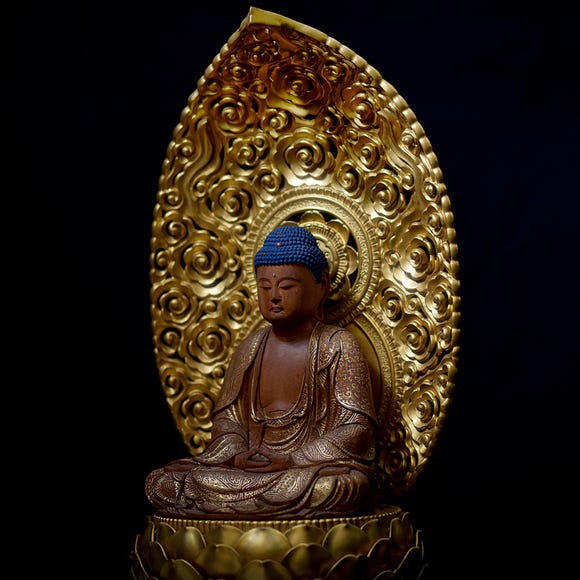
Yoshida Gennojo-Roho Kyoto Buddhist Altars
Gift Shops
Nijo Castle, Kyoto Imperial Palace
-
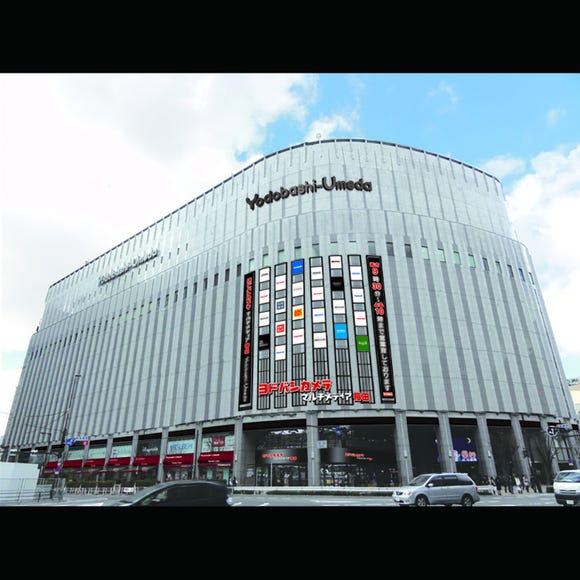
Yodobashi Camera Multimedia Umeda Store
Shopping Malls
Umeda, Osaka Station, Kitashinchi
-

ISHIDAYA Hanare
Yakiniku
Kobe, Sannomiya, Kitano
-

Jukuseiniku-to Namamottsuarera Nikubaru Italian Nikutaria Sannomiya
Izakaya
Kobe, Sannomiya, Kitano
-

Kambei Sannomiyahonten
Yakiniku
Kobe, Sannomiya, Kitano
-
Ad

Recharge and Relax with a Healing Getaway at Kamenoi Hotel Toba
-
Ad

Discover Timeless Beauty: Kimono-en, a Web Magazine Exploring the Spirit of Kimono
-
Ad

Experiencing Manga as Culture, Not Just Reading It: Expo 2025 with Rumiko Takahashi
-

A First Look at NEMU RESORT’s 2026 Grand Renewal in Ise-Shima: A Resort Shaped by Village, Sea, and Forest
by: Guest Contributor
-
Ad
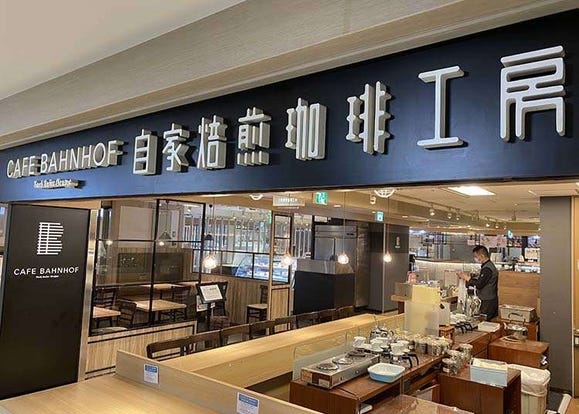
Café Bahnhof in Osaka: The home-roasted coffee that captivated G20 leaders!
-

Kyoto's Hidden Treasures Open This Winter! Enjoy Exclusive Access to 15 Rare Cultural Sites (Jan-Mar 2026)
by: Guest Contributor
Inspiration for Accommodations
-

Spacious Family Hotel in Namba: 20 Comfortable Stays for Family Fun
-
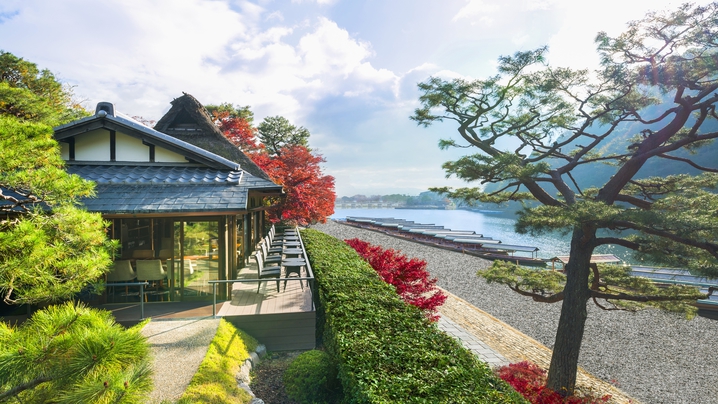
Charming Hotels to Enjoy the Spectacular Views of Arashiyama's Autumn Leaves from Your Room
-

Experience Stunning Views of Osaka Castle from Private Spaces: Top Hotels Near Osaka Castle
-
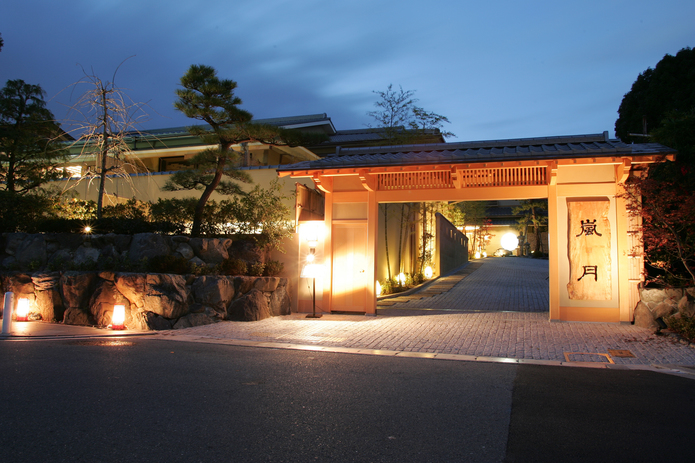
Recommended by Visitors! Arashiyama's Best-Rated Hotels
-

Family-Friendly Universal Studios Japan Hotel with Excellent Access
-
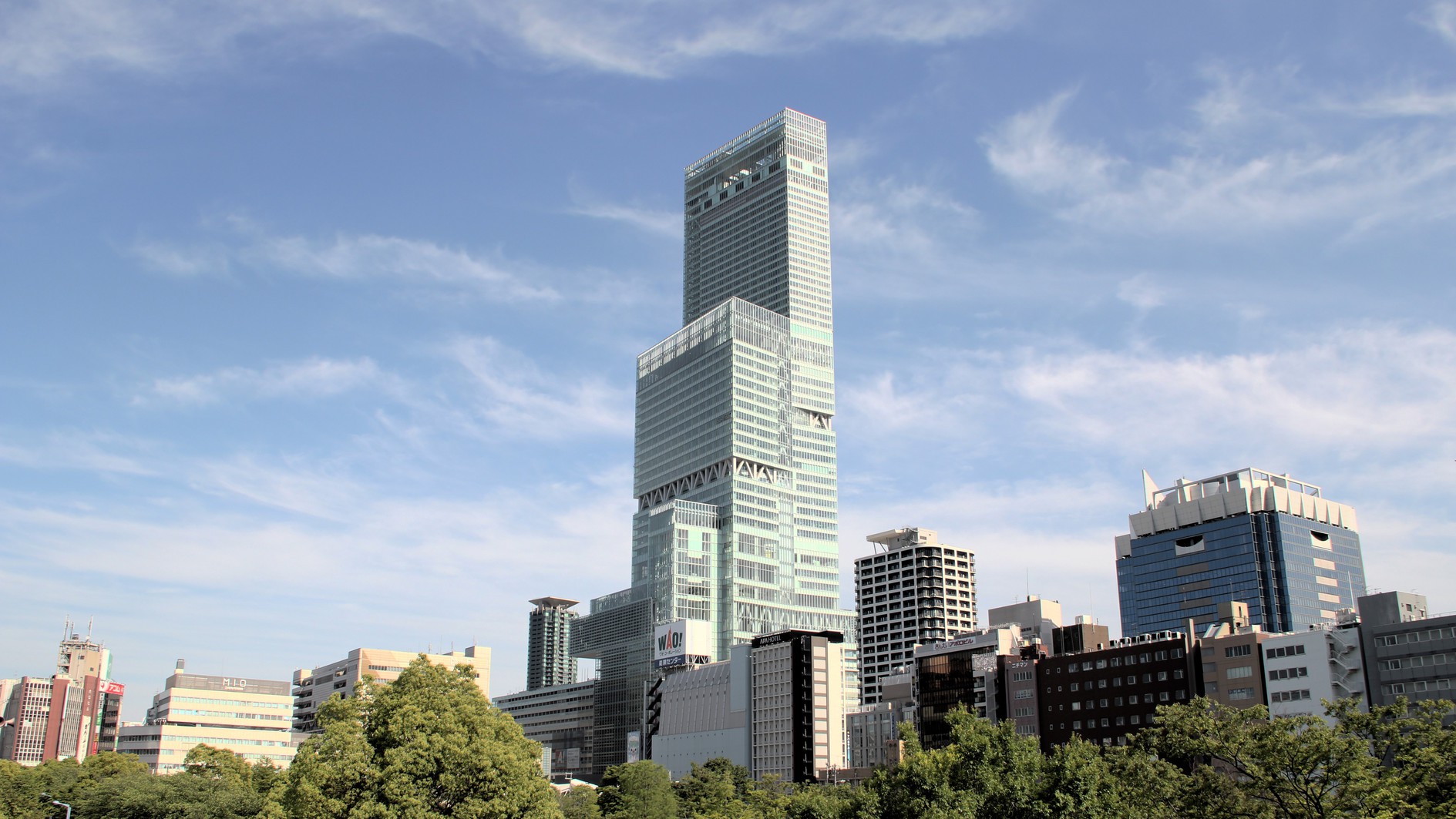
Enjoy a Comfortable Stay in Osaka! 10 Hotels with Convenient Airport Shuttle Services
-

Top 10 Recommended Hotels Near Namba Station with Great Access
-
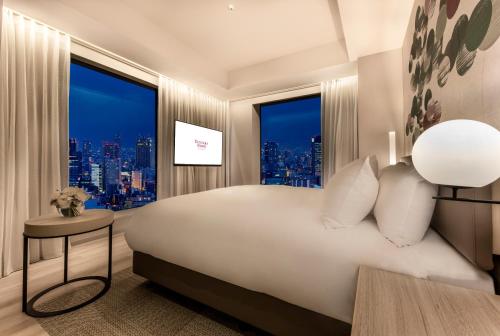
Enjoy Night Views from Your Room! Recommended Hotels in Namba Area
-

Naramachi Area: A Day of Food and Shopping while Touring the Charming Streets of Nara
by: WESTPLAN
-

JR Edition: Visit all of Tokyo in one Day with the Tokyo Metropolitan District Pass!
-

Exploring Hidden Japan at Hozenji Yokocho: Wandering Around Osaka's Cool Maze of Alleys
by: WESTPLAN
-

(Video) Walking Tour along Narita Omotesando - Quaint Historical Village near Narita Airport!
by: Victor Gonzalez
-

Secrets to Shopping in Japan: Guide to Annual Sales in Japan & Where to Shop
by: Miyu Shimada
-

Inside Nakazakicho: 5 Cool Shops in Osaka's Bohemian Neighborhood for Cool Cafes and Funky Fashion
by: WESTPLAN
- #best gourmet Osaka
- #things to do Osaka
- #what to do in kyoto
- #what to bring to japan
- #best gourmet Kyoto
- #new years in Osaka
- #what to buy in nanba
- #Visiting Osaka
- #onsen tattoo friendly arima
- #daiso
- #Visiting Kyoto
- #best japanese soft drinks
- #japanese fashion culture
- #japanese convenience store snacks
- #japanese nail trends













